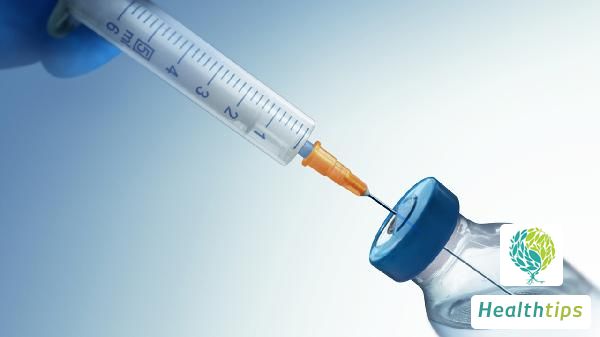What are the Benefits and Functions of Lipanthyl?
The efficacy and function of Lipanthyl is to treat hypercholesterolemia (Type IIa) with unsatisfied effect of dietary control therapy in adults, endogenous hypertriglyceridemia, simplex (Type IV) and mixed type (Type IIb and III). It is especially suitable for patients with dyslipidemia characterized by decreased high-density lipoprotein and moderately elevated low-density lipoprotein, as well as patients with type 2 diabetes mellitus complicated with hyperlipidemia. Currently, there is no long-term clinical controlled study to prove the effectiveness of fenofibrate in primary and secondary prevention of atherosclerotic complications. When Lipanthyl is used concomitantly with other fibrates, there have been reports of muscle dysfunction (diffuse pain, tenderness, muscle weakness) and rare cases of severe rhabdomyolysis. Most of these adverse reactions are reversible after discontinuation of the drug (see Warnings section for details). Other less frequent and moderate adverse reactions have also been reported, including gastric or intestinal digestive dysfunction such as indigestion; elevated transaminase levels (see Precautions section for details); occasionally reported allergic skin reactions such as rash, itching, urticaria, or photosensitivity reactions. In some cases, erythema, papules, macular erythema, and eczema may still occur even after discontinuation of the drug for several months when the skin is exposed to sunlight or artificial ultraviolet light. Currently, there is no long-term comparative study to comprehensively evaluate the adverse reactions, especially the risk of gallstones.




















